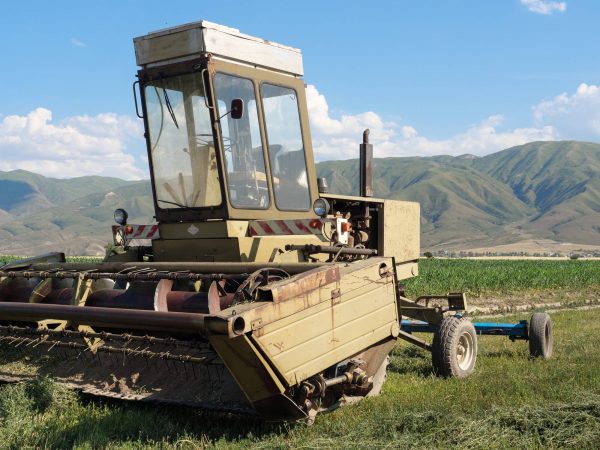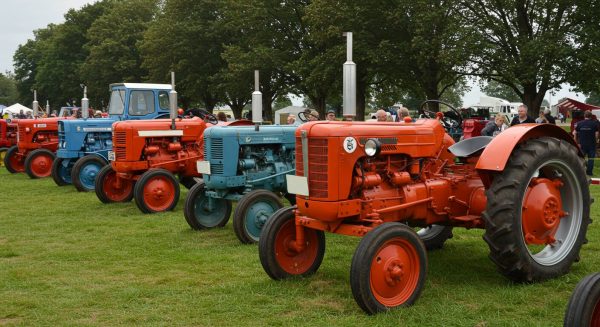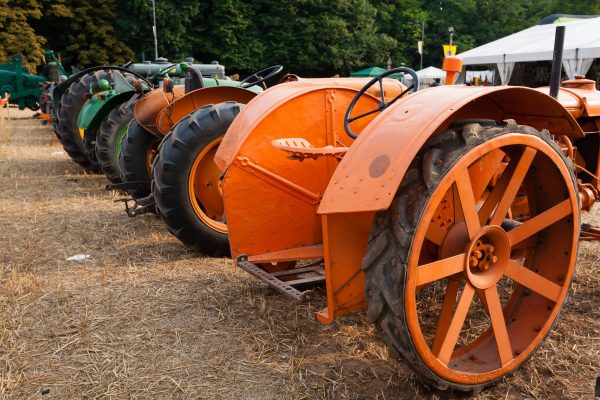When it comes to vintage agricultural machinery in the UK, the first step is determining how your vehicle is classified. According to the Department for Transport guidance, agricultural machines must be used solely for agriculture, horticulture, or forestry purposes. This includes vintage tractors, self-propelled harvesters, and other period agricultural engines.
Road Use and Licensing
Vintage agricultural vehicles enjoy certain exemptions from standard vehicle regulations, but they must still be registered with the DVLA even if they’re tax-exempt. Based on the latest government guidance, vintage agricultural vehicles used solely for farming, forestry, or horticultural work are exempt from vehicle tax, though you’ll still need to renew the tax-exempt status annually.
Speed and Width Restrictions
For vintage tractors, the standard speed limit is 20 mph if the vehicle is between 2.55m and 3.5m wide, dropping to 12 mph for vehicles between 3.5m and 4.3m wide. These limits come from the Road Vehicles (Authorisation of Special Types) Order, and they apply regardless of the vehicle’s age.

Safety Requirements
While vintage machinery benefits from some exemptions, basic safety requirements remain non-negotiable. Your vintage agricultural vehicle must have:
- Working brakes with at least 25% braking efficiency
- At least one mirror fitted externally on the offside
- Basic lighting if used during hours of darkness
- A clearly visible registration plate
Fuel Regulations
According to HMRC guidelines, vintage agricultural vehicles can use rebated fuel (red diesel) when used for agricultural purposes, even on public roads. However, if the vehicle is primarily used for display or shows, it must use regular white diesel when travelling on public roads.
Insurance and Testing
While vintage agricultural vehicles are exempt from standard MOT testing, they must still be maintained in a roadworthy condition. The Health and Safety Executive emphasises that all equipment, regardless of age, must be maintained to ensure safe operation. This is particularly important for vintage machinery where replacement parts may be difficult to source.
Heritage Considerations
Some vintage agricultural machines may be considered historically significant. In such cases, additional considerations may apply, particularly if the vehicle is registered with heritage organisations. While this doesn’t exempt the vehicle from safety requirements, it may influence how modifications or repairs should be carried out to maintain historical authenticity while ensuring safety compliance.
Shows and Demonstrations

When displaying vintage machinery at shows or demonstrations, additional safety measures may be required. The vehicle must be insured appropriately, and if it’s being operated, clear safety zones should be established to protect spectators. This is particularly important as vintage machinery often lacks modern safety features.

Through careful adherence to these regulations, owners can ensure their vintage agricultural machinery remains both legally compliant and safe to operate while preserving an important part of Britain’s farming heritage.
